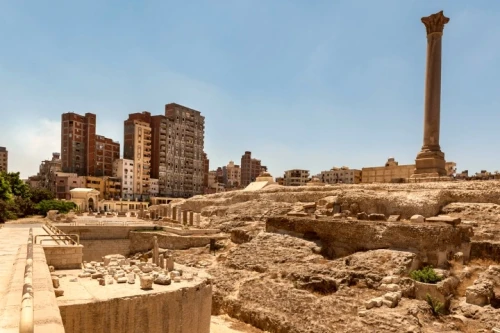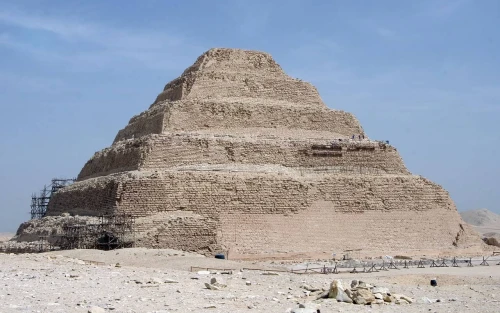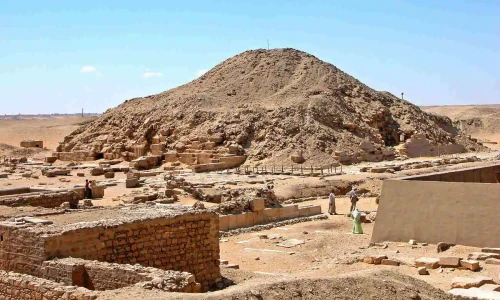
The Serapeum of Alexandria: A Story of Ancient Egyptian Engineering
The Serapeum of Alexandria, otherwise called the Sanctuary of Serapis, was a heavenly old construction situated in Alexandria, Egypt. Worked during the Ptolemaic line, the sanctuary was committed to the god Serapis, a divinity made by the Ptolemaic rulers as a combination of Egyptian and Greek divine beings. The Serapeum was prestigious for its loftiness and its assortment of precious relics, including the well known Serapeum library. In any case, the sanctuary met its destruction subject to Ruler Theodosius I, and its remains have turned into a secret and a wellspring of interest for history specialists and archeologists the same.
History of the Serapeum of Alexandria
Designed by architect Deinocrates, the Serapeum was built under the reign of Ptolemy III Euergetes in the third century BC. There was to be a temple of worship for the newly formed god Serapis, who was supposed to be a cross between the Greek god Zeus and the Egyptian god Osiris. The temple was built with views of both the city and the Mediterranean Sea on a hill in the centre of Alexandria.
The Serapeum attracted culture in addition to being a place of prayer. There was rumoured to be a big library that might compete with the nearby, well-known Library of Alexandria. The Serapeum library included thousands of books and manuscripts, including writings from ancient Egypt, Greek philosophy, and scientific fields.
Pilgrims visited the Serapeum as well. Individuals would go to Alexandria to pay respects to Serapis at the temple on their trips around the Mediterranean region. The temple was well known for its mix of Greek and Egyptian architectural elements.
 English
English
 Spain
Spain












